The Perfect Rules to Place Your Rug & Furniture
Designers embrace a wide range of rug styles, including classic jute pieces, vibrant Turkish throws, and cozy sheepskins. However, when it comes to the placement of furniture on a rug, some believe that furniture placed around the room's perimeter should rest partially on a rug, while others have different perspectives. Let's have a look at different viewpoints below.

The Perfect Rules to Place
First Option
One of the philosophies when it comes to selecting an area rug for a room is to 'go big or go home.' The biggest mistake you can make in choosing a rug size is opting for one that's too small for the space. So, how can a homeowner determine if the rug they have in mind is the right size? Some experts recommend leaving 12 to 18 inches of space between the rug's edge and the walls.
Ideally, furniture legs should make contact with the rug. Whenever possible, the best arrangement allows all the furniture to rest entirely on the rug. However, practicality may sometimes dictate otherwise. Aim to have the front legs of chairs and sofas at least in partial contact with the rug. This creates a cohesive and unified appearance, with the rug serving as the anchor for the seating area.
There are exceptions to this rule. For instance, if you're placing decorative furniture along the room's perimeter that isn't intended for formal seating, such as an antique chair from a flea market find, it's perfectly acceptable to position it against the walls without it touching a rug at all.

Second Option
If you can't fit all your furnishings entirely on a rug, don't worry too much, but aim to have some part of each piece on the rug. Even if it's just the chair's feet, there's something about having all your furniture on the rug that brings the space together. The theory is that the front legs of furniture should always rest on the rug to anchor the space and prevent the rug from feeling like it's just floating aimlessly. When a rug isn't anchored by the furniture, it often appears too small for the room.
In larger rooms, a favorite technique is to layer rugs. You can start with a large sisal rug to cover most of the floor, then layer a smaller vintage rug on top. This not only adds character but also allows you to highlight a specific area without making it feel disconnected. It's an excellent way to experiment with different color schemes too – try placing a vibrant rug on top of a more neutral one for added visual appeal.

Third Option
Another perspective is, 'When it comes to furniture and rugs, there is no strict rule for placing furniture around the perimeter.'However, that furniture should be arranged in proportion to the room's size and the furniture's dimensions. In practice, this means selecting a large area rug to accommodate the bed and nightstands, rather than using a smaller throw rug at the foot of the bed, for example. This concept resonates with the idea of a rug 'floating' in a space, which designers generally advise against. To ensure your rug integrates well into the room, it's crucial to avoid having it isolated; anchor it with some accompanying furniture.

Place Your Furniture: Maximising Space and Flow in Your Home
Arranging furniture effectively is crucial for creating a functional and inviting living space. Start by identifying the room's focal point, such as a fireplace or large window. Position your largest piece of furniture, typically a sofa, facing this focal point. Create conversation areas by placing chairs at right angles to the sofa. Ensure there's clear traffic flow through the room, leaving at least 90 cm of space for walkways. Consider the balance and symmetry of your arrangement to achieve a harmonious look.

How to Place Your Furniture in a Small Living Room: Clever Solutions for Compact Spaces
Maximising space in a small living room requires thoughtful furniture placement. Opt for multi-functional pieces like ottomans with storage or nesting tables. Float furniture away from walls to create an illusion of more space. Use vertical space by incorporating tall bookcases or wall-mounted shelves. Consider furniture with exposed legs to create a sense of openness. Scale your furniture appropriately to the room size, avoiding oversized pieces that can overwhelm the space.

How to Place Your Furniture in Your Living Room: Creating a Comfortable and Functional Layout
When arranging furniture in your living room, prioritise both comfort and functionality. Start with a floor plan to visualise different layouts. Create a primary seating area centred around the room's focal point. Ensure easy access to side tables from seating positions. If space allows, create secondary seating areas for reading or conversation. Balance the room by distributing visual weight evenly. Don't forget to consider lighting placement to complement your furniture arrangement.
How to Place Your Rug in Living Room: Anchoring Your Space with Style
Proper rug placement can significantly enhance your living room's aesthetics and comfort. For a large area rug, ensure it's big enough to accommodate all front legs of your furniture. In a seating area, the rug should extend beyond the coffee table but stop short of side tables. For a smaller rug, place it in front of the sofa with the coffee table centred on it. Always leave a border of flooring visible around the edges of the room for a polished look.

How to Place Rugs in Living Room: Defining Zones and Adding Warmth
Strategic rug placement can help define different areas within your living room. Use a large rug to anchor the main seating area, ensuring it's proportionate to the space. In open-plan living areas, use multiple rugs to delineate separate zones for dining, conversation, or work. Layer rugs of different sizes or textures for added visual interest. Ensure rugs are placed symmetrically in relation to the furniture for a balanced look.

Rug Placement: Essential Tips for Every Room
Effective rug placement enhances the aesthetics and functionality of any room. In bedrooms, place a large rug under the bed, extending at least 60 cm on each side. For dining rooms, choose a rug large enough to accommodate chairs when pulled out. In hallways, use runners to guide traffic flow and protect high-traffic areas. Always consider the room's dimensions and furniture layout when selecting rug size and placement.

Carpet Placement in Living Room: Creating a Cosy and Cohesive Space
Proper carpet placement in the living room can tie the entire space together. For wall-to-wall carpeting, ensure a seamless installation with proper stretching to avoid wrinkles. When using area rugs, place them in high-traffic zones or to define seating areas. In large living rooms, consider layering carpets of different textures or patterns for added depth. Always leave a consistent border of flooring around the edges of the room for a polished look.
People Also Asked
How to position a rug with furniture?
Position a rug to anchor the main furniture pieces in a room. Ensure at least the front legs of large furniture sit on the rug for a cohesive look.
Should a rug go under a sofa?
Ideally, a rug should go at least partially under a sofa. This creates a unified look and helps define the seating area.
What is the rule of thumb for rug size?
The rule of thumb is to choose a rug that's large enough to fit under all furniture legs in a seating area, or at minimum, the front legs of major pieces.
Should there be space between a rug and a wall?
Yes, leave 6-18 inches of floor space between the rug and the walls to create a balanced look and showcase your flooring.
How do you determine rug placement?
Determine rug placement by considering the room's layout, furniture arrangement, and traffic patterns. The rug should define and complement the space.
How should a bed be placed on a rug?
Place a rug under a bed so it extends 18-24 inches beyond the sides and foot of the bed. For smaller rugs, position them at the foot of the bed.
How to position a rug with a corner sofa?
With a corner sofa, position the rug to anchor the seating area. Ensure the rug extends beyond the chaise portion and under the main sofa section.
Can I put furniture on new rug?
Yes, but wait 24-48 hours after laying a new rug before placing furniture on it to allow it to settle and flatten completely.
How to layer rugs in a room?
Layer rugs by placing a larger, neutral rug as a base and adding smaller, more decorative rugs on top. Ensure contrasting textures and complementary colors.
Does the rug need to be wider than the couch?
Yes, the rug should be 6-8 inches wider than the couch on each side for a balanced look.
What is the rule on rugs in a living room?
In a living room, the rug should be large enough to fit under all furniture legs or at least the front legs of major pieces to unify the space.
When not to use a rug in the living room?
Avoid using a rug when you have intricate or valuable flooring you want to showcase, or in rooms with wall-to-wall carpeting.
Should a rug be in the middle of the room?
Generally, yes. A rug should be centered in the room or centered under the main furniture grouping to create balance.
How should furniture be arranged on a rug?
Arrange furniture so that all legs are on the rug in smaller rooms, or at least the front legs of major pieces in larger spaces.
Should rug be under couch legs?
Ideally, all couch legs should be on the rug. If not possible, ensure at least the front legs are on the rug for a cohesive look.
How do you style a rug and couch?
Style a rug and couch by matching colors or patterns, ensuring the rug is proportionate to the couch, and positioning the couch with at least its front legs on the rug.
How far should a rug sit from the wall?
A rug should sit 6-18 inches from the wall, depending on room size. This creates a balanced look and showcases some flooring.
How do you tell if a rug is too big for a room?
A rug is too big if it leaves less than 6 inches of floor space around its edges or if it extends under furniture that's against the walls.
How far should a rug go under a couch?
A rug should extend at least 6-8 inches beyond each side of the couch, or ideally, go completely under it.
Should a rug cover the entire floor?
Generally, no. Leave 12-18 inches of floor space around the rug's edges to create a border and showcase your flooring.
Where should a rug be placed between couch and TV?
Place the rug to cover the area between the couch and TV, extending under the front legs of the couch and any coffee table.
How a rug should fit in a living room?
A living room rug should be large enough to anchor the main seating area, with at least the front legs of all furniture on the rug.
How to place rugs under beds?
Place a large rug under the bed so it extends 18-24 inches beyond the sides and foot. For smaller rugs, position them at the foot of the bed.
How to place a rug in a long, narrow room?
In a long, narrow room, use a runner-style rug or place multiple rugs to define separate areas within the space.
Can a rug be smaller than a couch?
While not ideal, a rug can be smaller than a couch if it's used to define a specific area, like under a coffee table.
Should a rug be centered on the bed or the room?
Ideally, center the rug on both the bed and the room. If not possible, prioritize centering it on the bed for a balanced look.
How do you position a rug under a desk?
Position a rug under a desk so it extends 24-36 inches beyond the desk's edge to accommodate the chair when pulled out.
Should a rug pad be the same size as a rug?
A rug pad should be slightly smaller than the rug, about 1 inch less on all sides, to ensure it's not visible.
How should furniture be arranged on an area rug?
Arrange furniture so that all pieces have at least their front legs on the rug, creating a cohesive and defined space.
What is the rule for area rugs?
The main rule for area rugs is to choose a size that allows for consistent furniture placement - either all legs on or all front legs on the rug.
Does furniture have to touch the area rug?
Ideally, yes. At minimum, the front legs of major furniture pieces should touch the area rug to create a unified look.
What is the best way to place a rug?
The best way to place a rug is to center it in the room or under the main furniture grouping, ensuring it's large enough to anchor the space.
Should a rug go under the sofa?
Yes, a rug should go at least partially under the sofa, with either all legs or just the front legs on the rug.
How far should area rug be from sofa?
An area rug should extend 6-8 inches beyond each side of the sofa for a balanced look.
Where should you place a rug under a bed?
Place a rug under a bed so it extends 18-24 inches beyond the sides and foot of the bed, or position smaller rugs at the foot or sides.
How far should rug be from wall?
A rug should be 6-18 inches from the wall, depending on room size, to create a balanced look and showcase some flooring.
How much space should I leave around a rug?
Leave 12-18 inches of floor space around a rug's edges to create a border and showcase your flooring.
Should rugs match the wall?
Rugs don't need to match walls exactly, but they should complement the wall color and overall room decor for a cohesive look.
How to position a rug with a corner sofa?
With a corner sofa, position the rug to anchor the entire seating area, ensuring it extends beyond the chaise portion and under the main sofa section.
Does a rug make a room look bigger or smaller?
A properly sized rug can make a room look bigger by unifying the space. Too small a rug can make a room look smaller.
Where should furniture be placed on a rug?
Furniture should be placed so that at least the front legs of all major pieces are on the rug, creating a cohesive seating area.
Should a rug be smaller than the couch?
Ideally, no. A rug should be larger than the couch, extending 6-8 inches beyond each side for a balanced look.
How do you determine rug placement?
Determine rug placement by considering room layout, furniture arrangement, and traffic patterns. The rug should define and complement the space.
How big should a rug be under a couch?
A rug under a couch should be large enough to accommodate all furniture in the seating area, or at least extend 6-8 inches beyond the couch sides.
Can I put furniture on new rug?
Yes, but wait 24-48 hours after laying a new rug before placing furniture on it to allow it to settle and flatten completely.
How to layer rugs in a room?
Layer rugs by placing a larger, neutral rug as a base and adding smaller, more decorative rugs on top. Ensure contrasting textures and complementary colors.
What is the rule for rugs?
The primary rule for rugs is the "all on" or "all off" principle. This means furniture should either be completely on the rug or entirely off it. This rule helps create a cohesive and visually appealing space.
What is the 2/3 rule furniture?
The 2/3 rule in furniture arrangement states that a piece of furniture should take up about two-thirds of the wall it's placed against. This creates a balanced look and prevents the room from feeling overcrowded or too sparse.
What is the 18-inch rule for rugs?
The 18-inch rule for rugs suggests leaving approximately 18 inches of bare floor around the perimeter of the room when placing a rug. This creates a border that frames the rug and furniture arrangement, enhancing the room's overall appearance.
What are the four rules in furniture arrangement?
The four key rules in furniture arrangement are:
- Create a focal point
- Consider traffic flow
- Balance the space
- Ensure conversation areas
These rules help create functional and aesthetically pleasing room layouts.
Should a rug go under the sofa?
Ideally, a rug should go under at least the front legs of the sofa. For a more luxurious look, place the rug under the entire sofa. This helps anchor the furniture and define the seating area within the room.
What is the carpet area rule?
The carpet area rule typically refers to the actual usable floor area within a property, excluding walls and common spaces. In interior design, it's important to choose a rug size that complements this area without overwhelming or underwhelming the space.
How to put a rug under furniture?
To put a rug under furniture:
- Remove all furniture from the area
- Place the rug in the desired position
- Reposition furniture on the rug according to your layout plan
- Ensure furniture legs are either all on or all off the rug
- Adjust as needed for balance and aesthetics
What is the rule of thumb for rug size?
The rule of thumb for rug size is to choose a rug that's large enough to fit under all key furniture pieces in a room. In living rooms, aim for at least the front legs of all seating to be on the rug. In bedrooms, the rug should extend about 24 inches beyond the sides of the bed.
What is the 3-5-7 rule in decorating?
The 3-5-7 rule in decorating suggests using:
- 3 colors in a room (60% dominant, 30% secondary, 10% accent)
- 5 textures for depth and interest
- 7 patterns to create a cohesive yet dynamic space
This rule helps create a balanced and visually interesting interior.
What is the golden rule most interior designers follow?
The golden rule most interior designers follow is the 60-30-10 rule. This principle suggests using:
- 60% of a dominant color
- 30% of a secondary color
- 10% of an accent color
This creates a harmonious color balance in a room.
How do you arrange the 10 basic rules of furniture?
The 10 basic rules of furniture arrangement include:
- Define a focal point
- Create conversation areas
- Consider traffic flow
- Balance the space
- Use appropriate scale
- Incorporate variety
- Add depth with layering
- Ensure proper lighting
- Leave breathing room
- Make it personal
What is the rug rule for sofas?
The rug rule for sofas states that at least the front legs of the sofa should be on the rug. Ideally, all legs should be on the rug for a more cohesive look. This helps define the seating area and anchors the furniture arrangement.
Is it better to have a rug too big or too small?
It's generally better to have a rug that's slightly too big rather than too small. A rug that's too small can make a room feel disjointed, while a slightly oversized rug can create a more luxurious and cohesive look.
How do you calculate a rug?
To calculate rug size:
- Measure the room dimensions
- Subtract 24 inches from each wall for bare floor space
- Consider furniture placement and ensure key pieces fit on the rug
- Round up to the nearest standard rug size
Always err on the side of slightly larger for a more polished look.
Should I put a rug under my chair?
Yes, placing a rug under a chair can anchor the seating area and add visual interest. Ensure the rug extends at least 6-8 inches beyond the chair on all sides for a balanced look.
How do you coordinate a rug with a couch?
To coordinate a rug with a couch:
- Choose complementary colors or patterns
- Consider the couch's style (modern, traditional, etc.)
- Match the rug's texture to the room's overall feel
- Ensure proper sizing relative to the couch
- Use the rug to tie in accent colors from other room elements
Should a couch be against a wall?
Not necessarily. While placing a couch against a wall can maximize space, floating the couch away from the wall can create a more dynamic and intimate seating arrangement, especially in larger rooms.
What is the rule of 3 furniture?
The rule of 3 in furniture arrangement suggests grouping items in sets of three to create visual interest and balance. This can apply to decorative objects, furniture pieces, or even color schemes within a room.
What is the Chinese way of arranging furniture?
The Chinese way of arranging furniture, based on Feng Shui principles, focuses on creating harmony and balance. Key elements include:
- Avoiding sharp corners pointing at seating areas
- Placing the largest furniture piece against the longest wall
- Ensuring clear pathways for energy flow
- Balancing yin and yang elements in the room
What is the 2/3 couch rule?
The 2/3 couch rule suggests that a couch should occupy about two-thirds of the wall it's placed against. This creates a visually pleasing proportion and leaves enough space for end tables or other decorative elements.
What is a dry balcony?
A dry balcony is a covered outdoor space that's protected from rain and direct sunlight. It's typically enclosed on three sides and can be used as an extension of indoor living space.
What is the formula for carpeting a room?
The formula for carpeting a room is:
Room length x Room width + 10% for waste = Total square footage needed
Always round up to the nearest whole number and consider pattern matching for additional waste allowance.
Is a balcony included in carpet area?
Typically, a balcony is not included in the carpet area calculation. Carpet area refers to the actual usable floor space within the walls of a property, excluding common areas and outdoor spaces like balconies.
Related Blog Posts
Rug Placement: Tips for Every Room in Your Home
Top 5 Bedroom Rug Placement Ideas That Can Elevate Your Decor
Related Rug Collections
Area Rugs




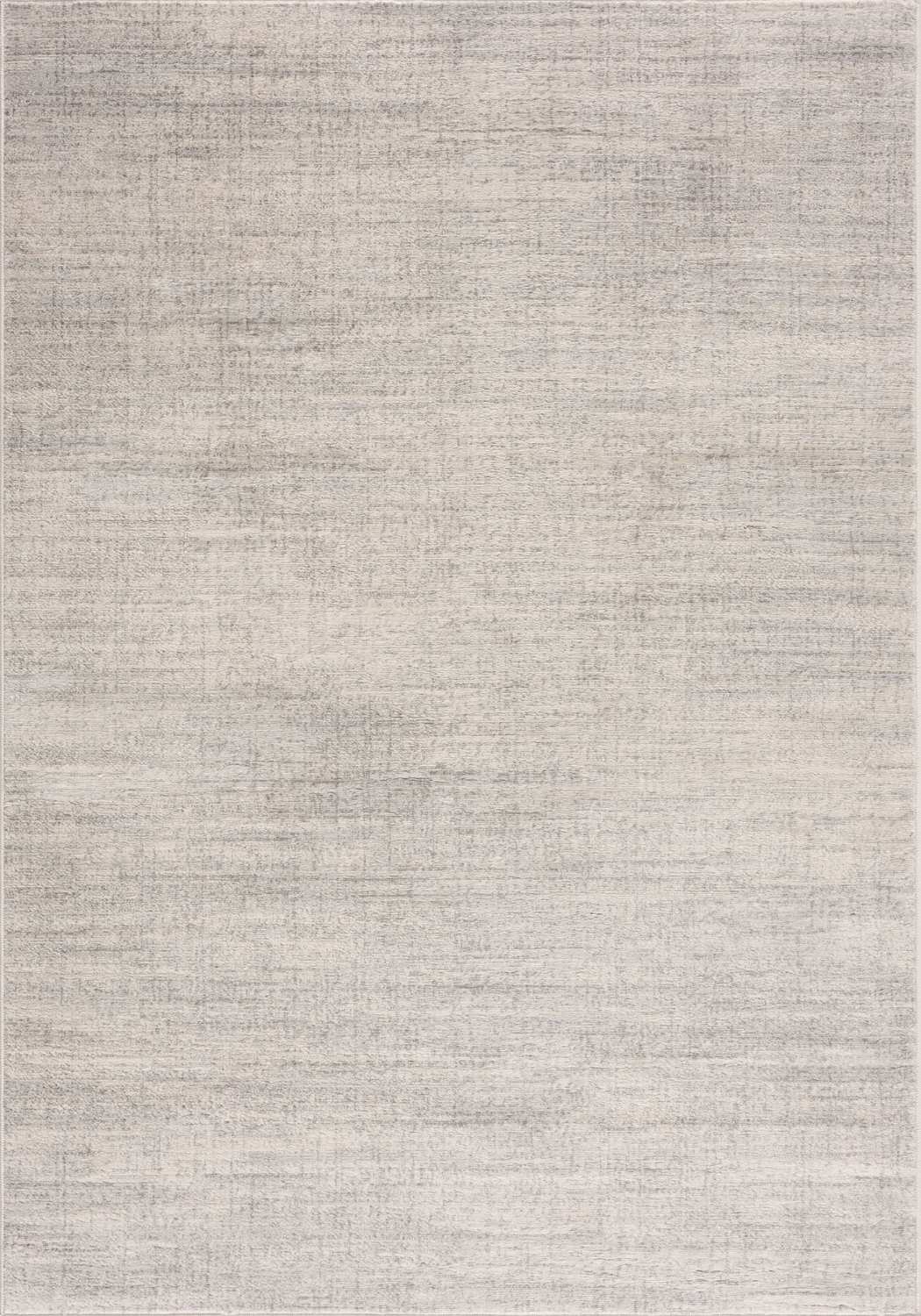
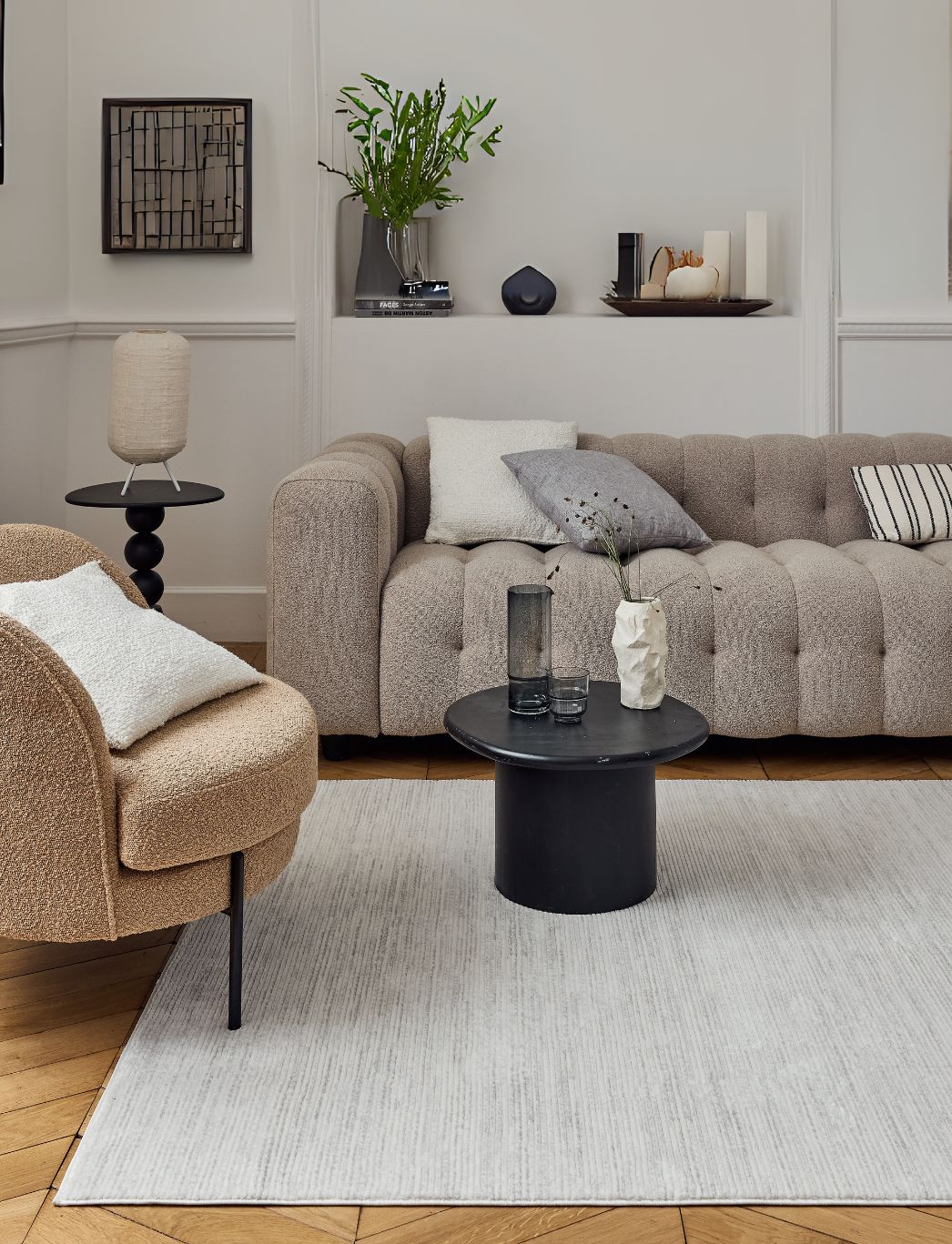
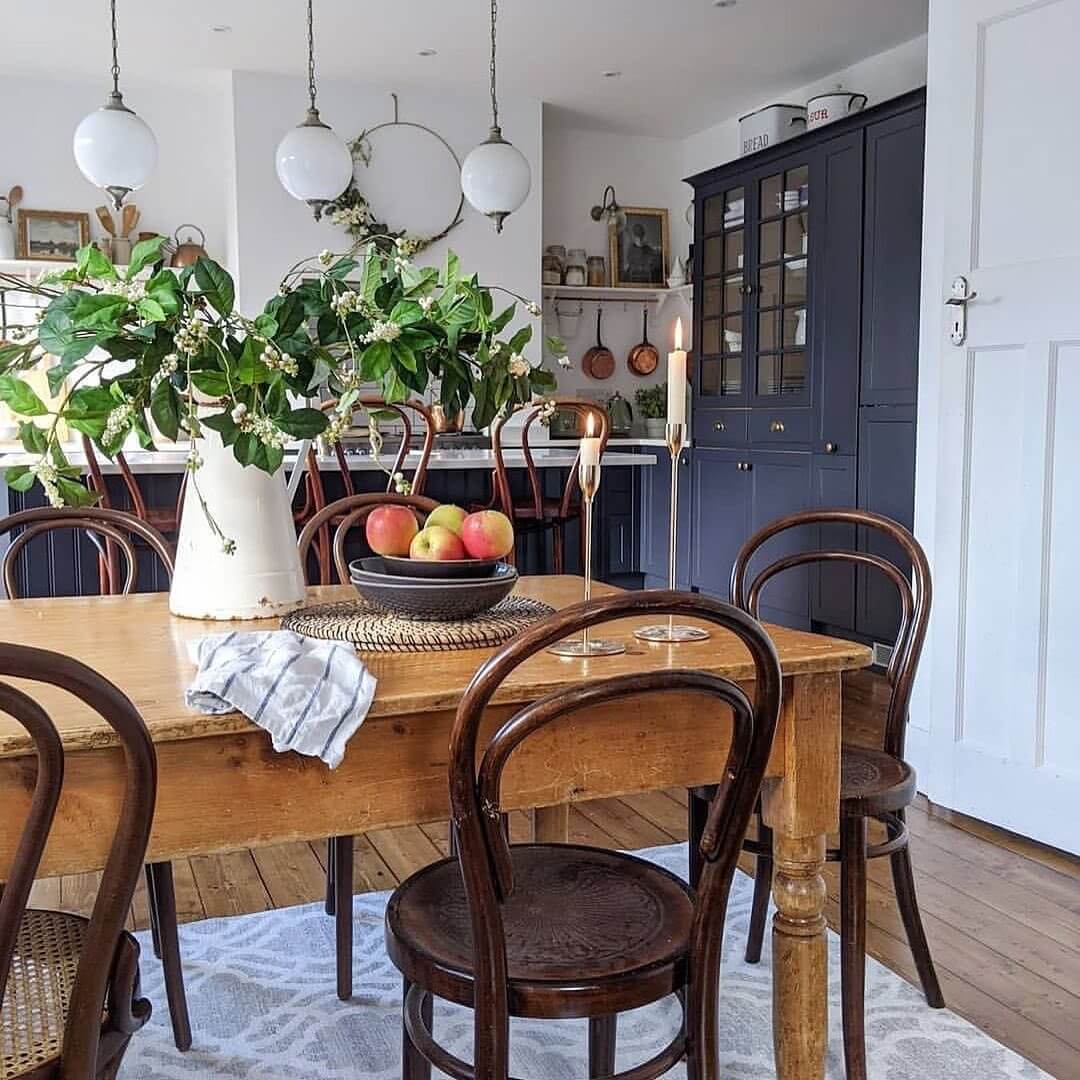
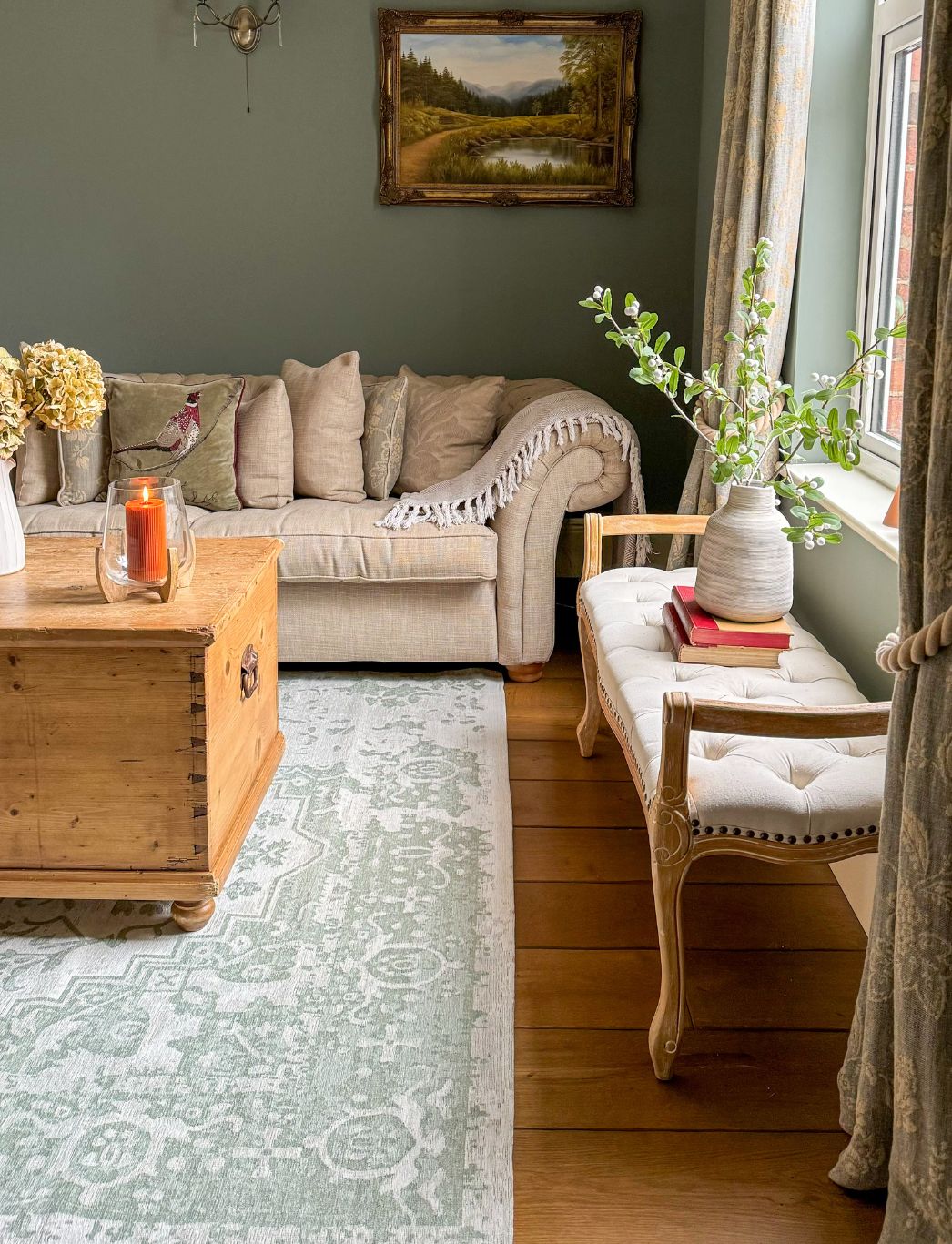
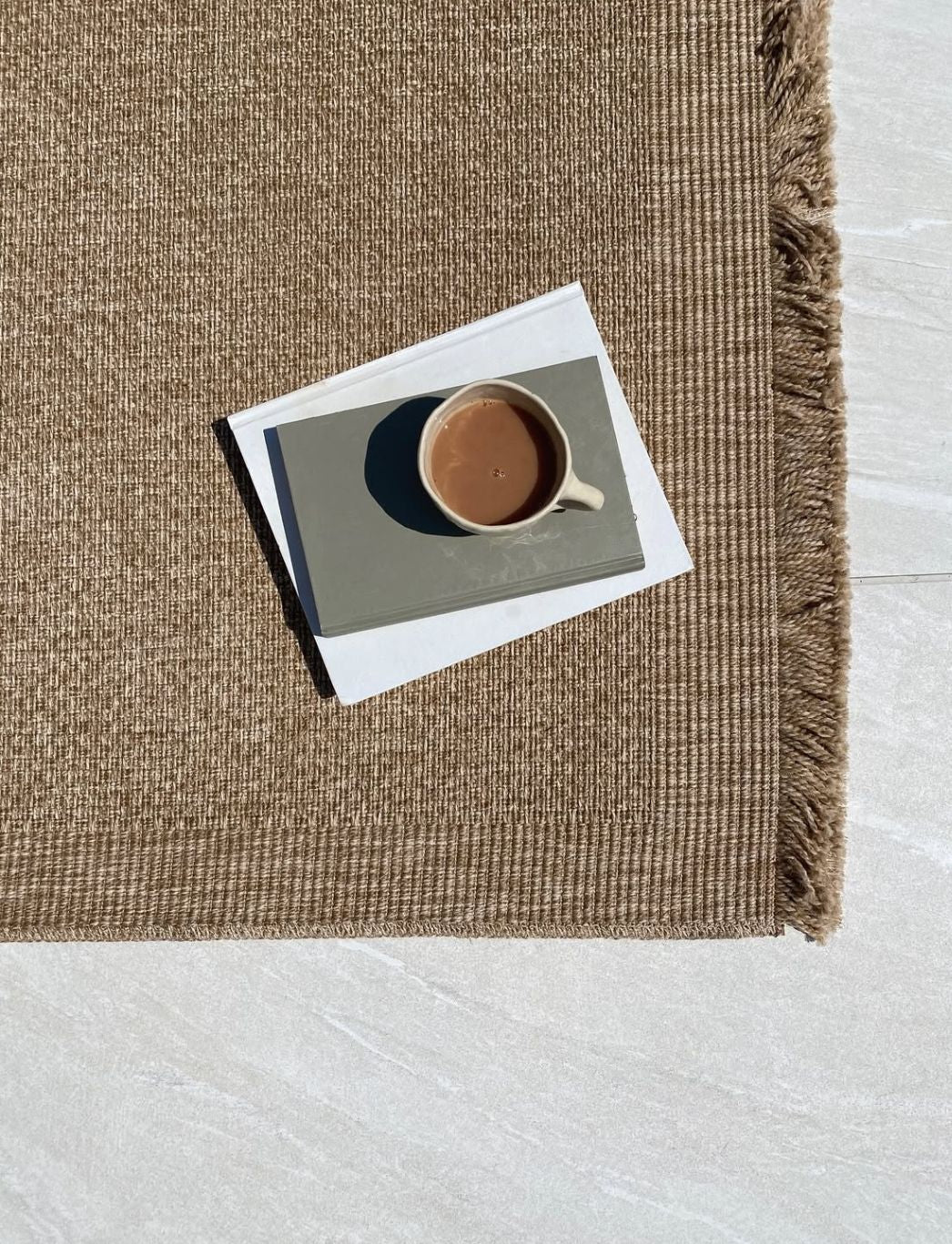
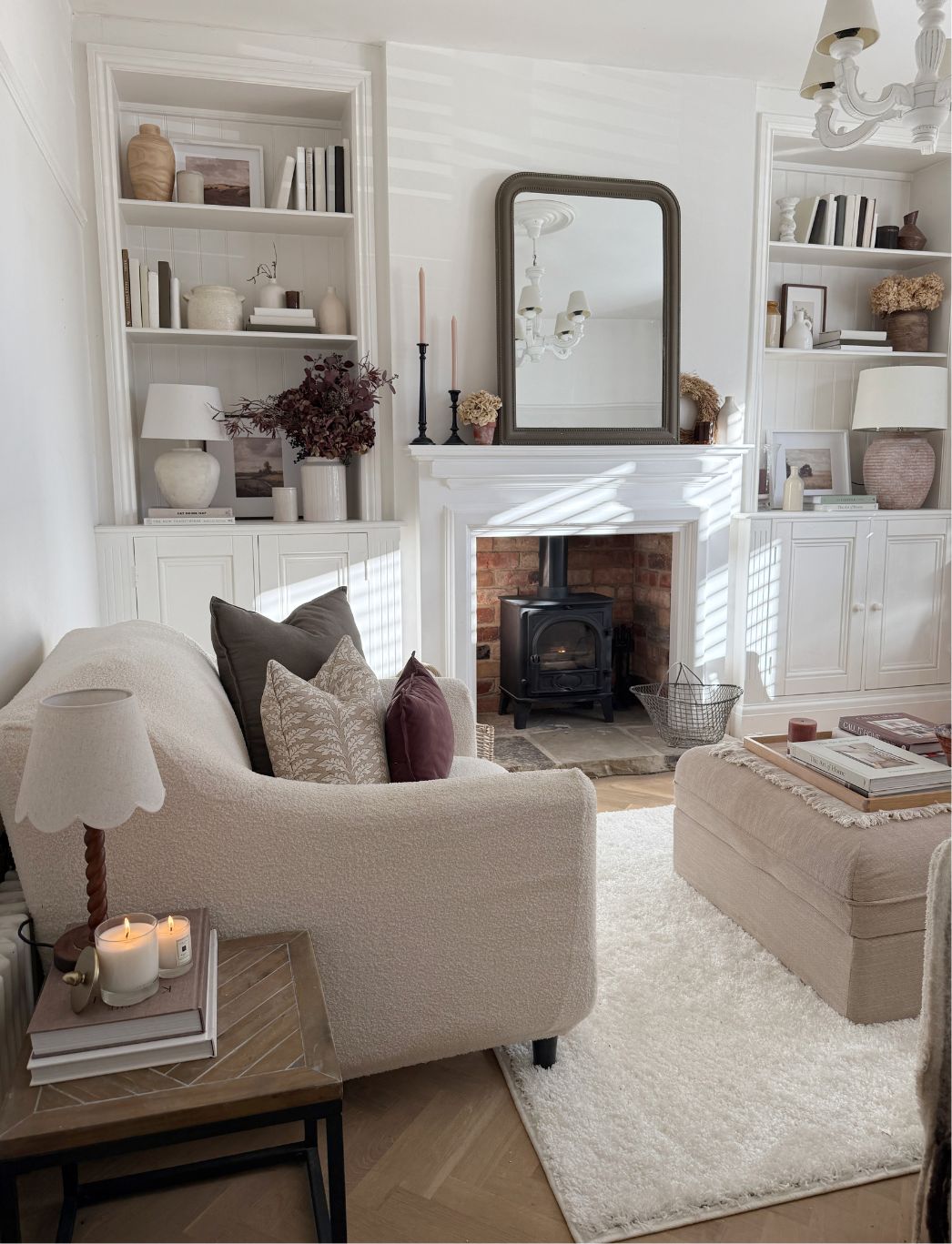
Leave a comment